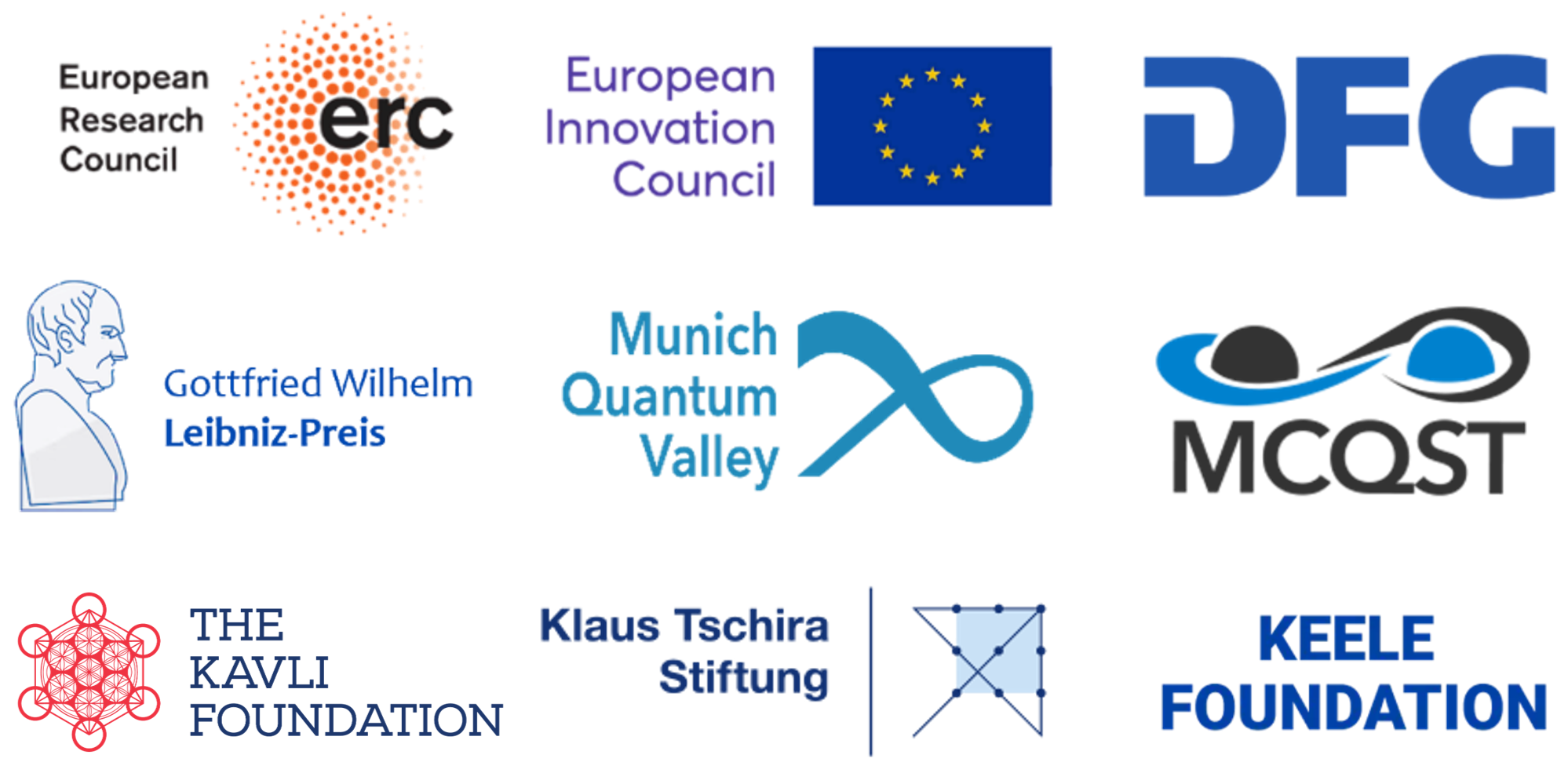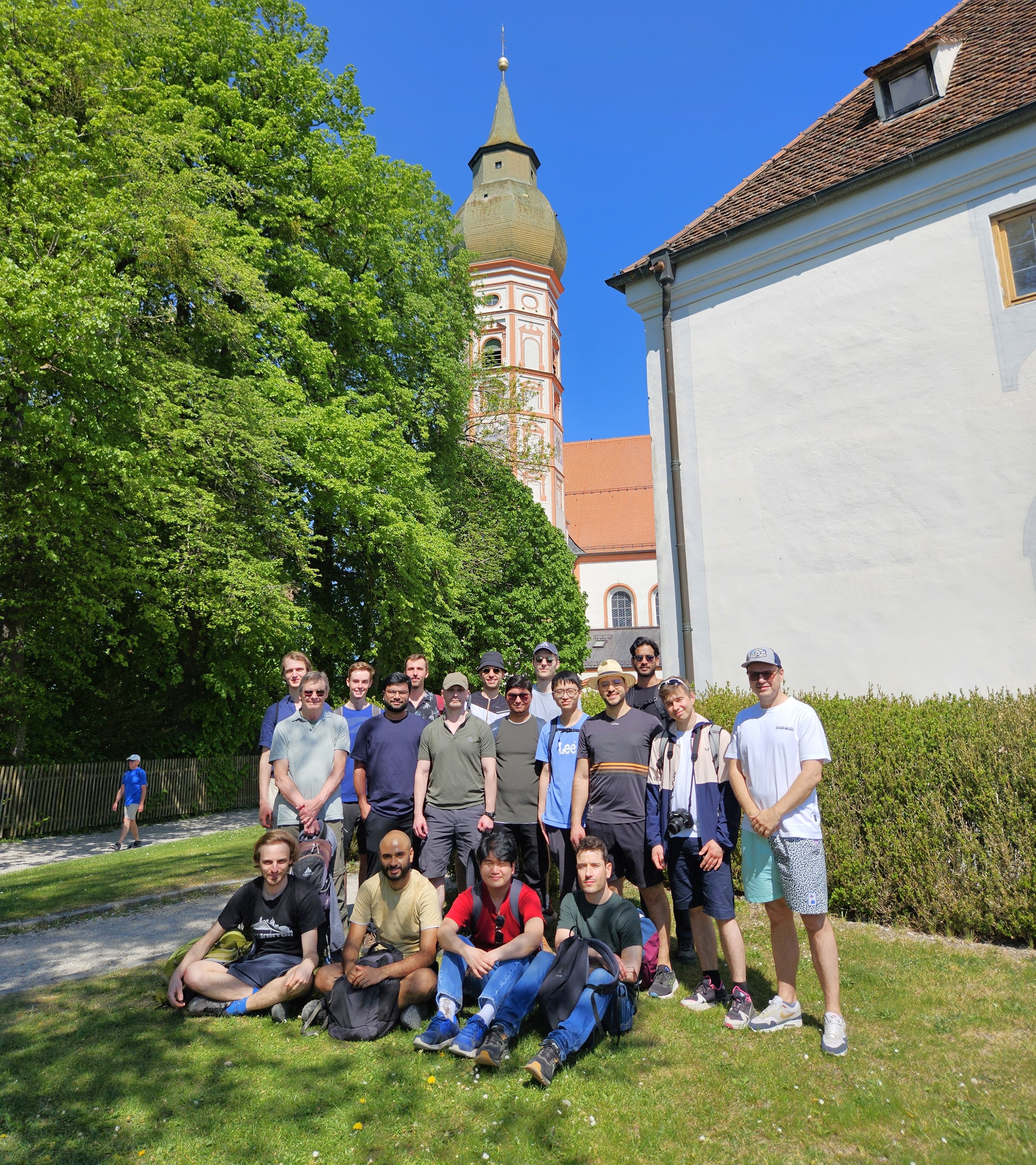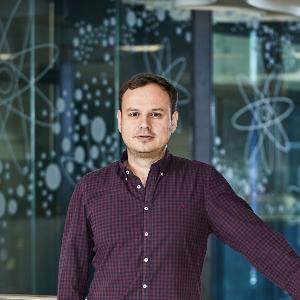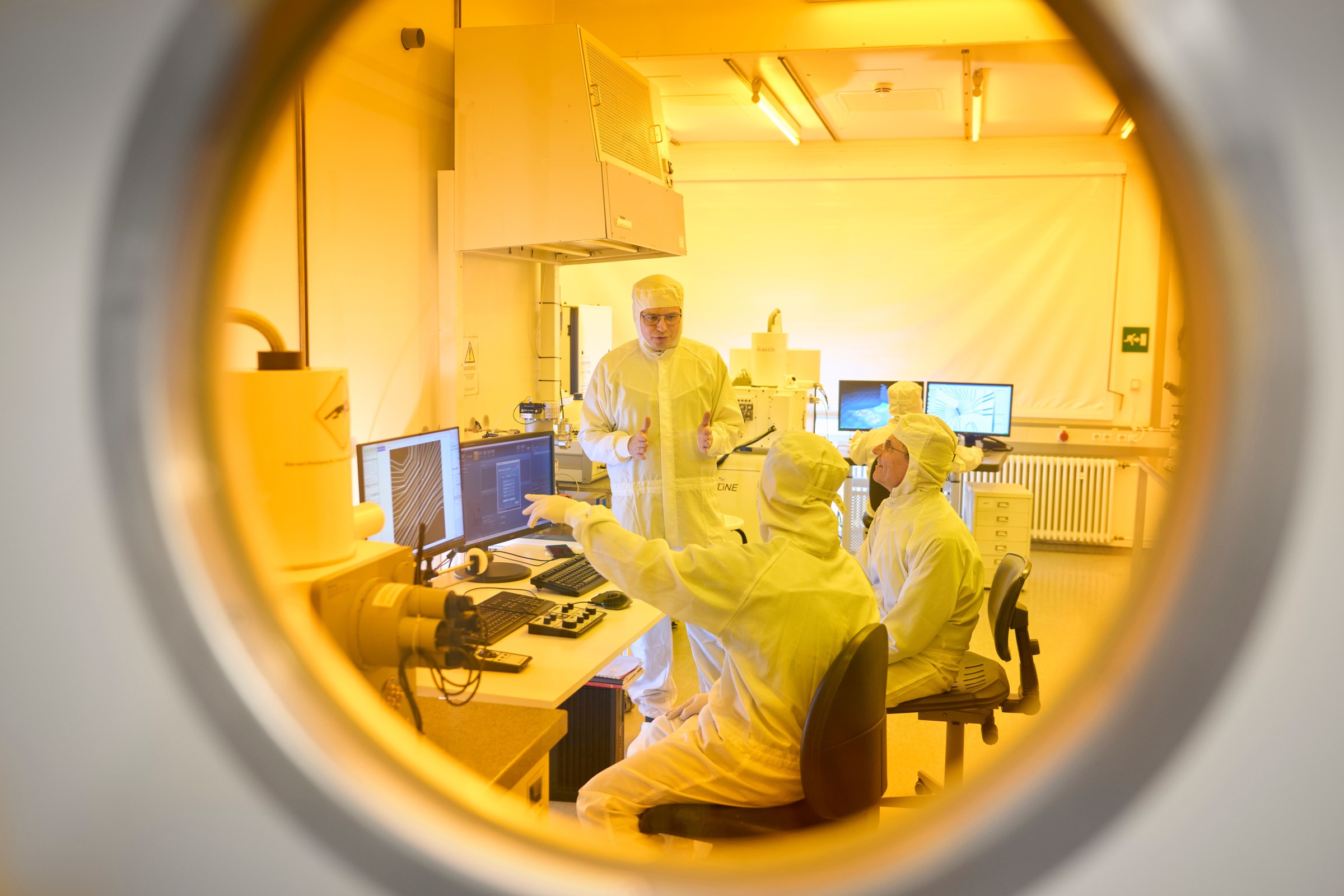Chair of Experimental Solid State Physics - Quantum Materials
Our group uses innovative nano-fabrication techniques to create novel designer materials made by vertical stacking and twisting of various 2D materials. The shear infinite number of material combinations and twist-angles allows to engineer exotic quantum systems with an unprecedented level of control and tunability. We study these complex electronic states with a combination of electrical, optical and thermal measurements, and employ these to provide new types of hybrid devices for quantum sensing applications.
We are hiring:
Our recently founded chair is actively growing and we are seeking out highly motivated young scientists on all career stages who are passionate about experimental physics and want to gain hands on research experience in a welcoming international atmosphere. Please read more about our research interests here, and find a selection of offered projects below:
If interested please send your CV and statement of interest directly to Prof. Dr. Dmitri Efetov - dmitri.efetov@lmu.de
Funding:






